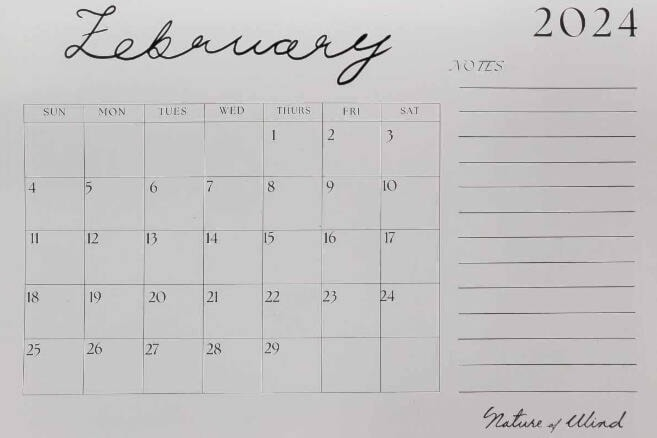Steady the Pressure: Everyday Habits That Help Lower High Blood Pressure
High blood pressure, often called the “silent threat,” affects millions of people worldwide. While it can feel intimidating, the encouraging news is that small, consistent lifestyle changes can make a meaningful difference. Managing blood pressure isn’t about perfection—it’s about building habits that support your heart over time. Choose Heart‑Friendly Foods A diet rich in fruits, vegetables, whole grains, and lean proteins helps support healthy blood pressure. Many people follow the DASH diet, which emphasizes potassium‑rich foods like bananas, spinach, and sweet potatoes. Reducing sodium intake—especially from processed foods—can also help your body maintain a healthier fluid balance. Move Your Body Regularly Physical activity strengthens your heart, allowing it to pump blood with less effort. Even 30 minutes of brisk walking most days of the week can have a noticeable impact. The key is consistency, not intensity. Manage Stress Thoughtfully Chronic stress can contribute to el...




Comments
Post a Comment